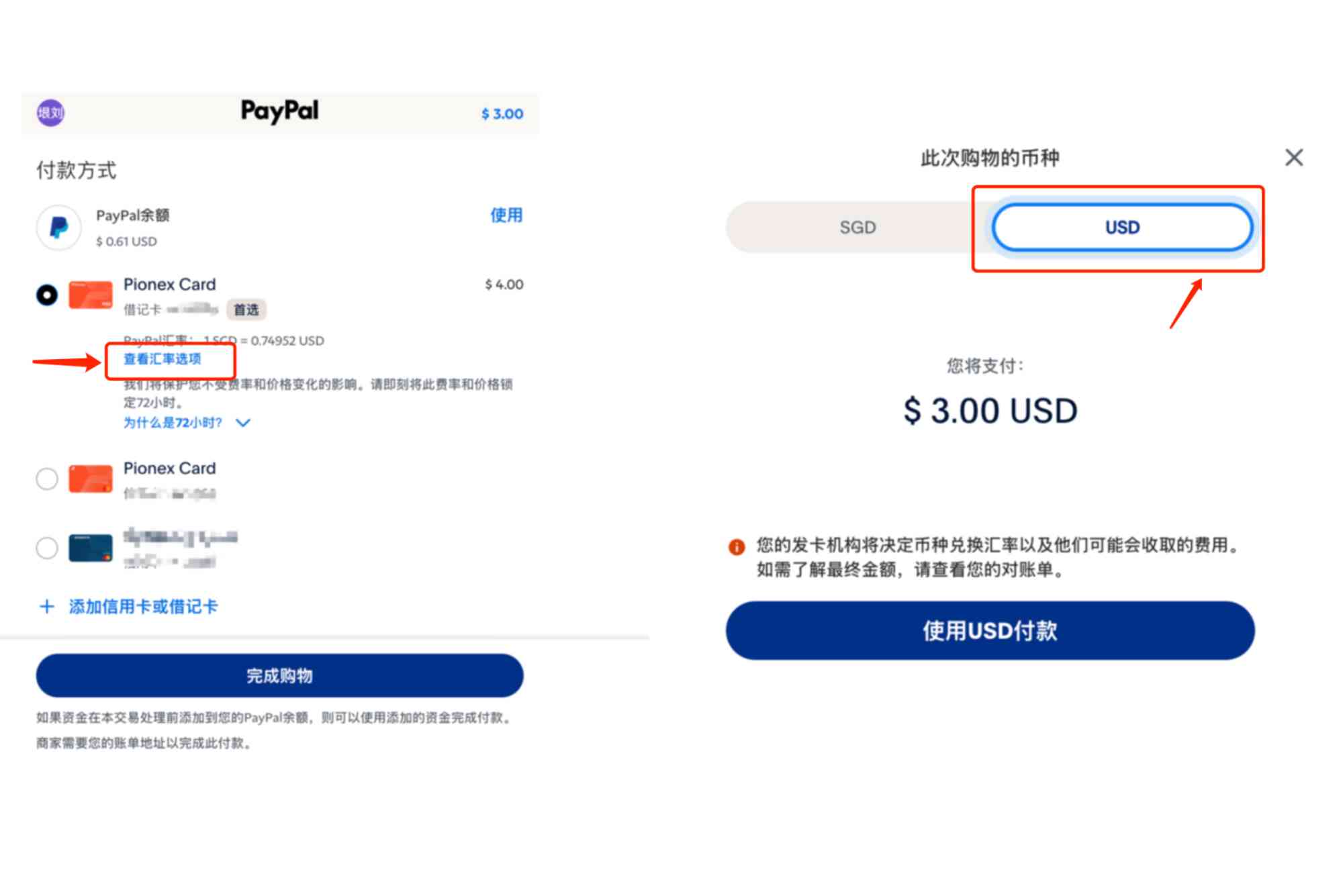Introduction
The rise of digital currencies has transformed how people send, receive, and invest money. PayPal, one of the world’s most recognized payment platforms, now allows users to buy, sell, and spend cryptocurrencies. While this development has made crypto more accessible, it has also introduced new concerns for everyday users and businesses. One of the biggest questions surrounds the PayPal exchange rate and how fluctuations impact crypto payments.
Anyone using PayPal for digital currency transactions quickly notices that the exchange rate offered is not the same as the market rate shown on trading platforms. This difference affects the value of every transaction. Understanding why these differences exist and how they impact your wallet is key to making informed financial decisions.
How PayPal Handles Exchange Rates
When converting between fiat currencies and cryptocurrencies, PayPal applies its own exchange rates rather than directly passing through real-time market prices. This means that the rate you see in your PayPal account may be slightly higher or lower than what you would find on a crypto exchange or financial news source.
PayPal does this to account for several factors. First, the platform includes a margin or spread on top of the mid-market rate. This spread covers risks tied to market volatility. Since cryptocurrency prices can shift within seconds, PayPal cushions against potential losses by offering a fixed rate that is slightly less favorable to the user. Second, the exchange rate includes administrative and operational costs, which are part of the company’s broader payment infrastructure.
The result is that while PayPal offers convenience and security, the PayPal exchange rate may reduce the overall value of your crypto payments compared to specialized trading platforms.
Why PayPal Exchange Rate Fluctuates
Several elements influence the exchange rate PayPal provides for crypto transactions. Unlike traditional fiat conversions where fluctuations are often gradual, cryptocurrencies are known for rapid changes in value.
The first factor is market volatility. Crypto assets such as Bitcoin, Ethereum, and Litecoin can shift by several percentage points within minutes. To manage this instability, PayPal uses slightly padded rates, ensuring that users receive a guaranteed conversion price even if the market moves seconds later.
Another factor is liquidity. PayPal sources its crypto liquidity from third-party providers. If liquidity is tight or demand suddenly spikes, the exchange rate PayPal sets may widen further to reflect supply-demand dynamics.
Additionally, geopolitical or macroeconomic events also influence rates. News about regulations, interest rates, or global conflicts often triggers rapid swings in crypto markets. PayPal’s built-in spreads protect against these risks, though they also mean users pay more for certainty.
Impact on Everyday Crypto Payments
For everyday users, the PayPal exchange rate directly impacts how much value you get when spending or transferring digital currencies. If you buy $100 worth of Bitcoin, PayPal’s rate might provide you with slightly less than $100 worth at the current market price. Similarly, when converting crypto back into fiat, the return may be lower than expected.
This impacts small and large transactions alike. A coffee purchase paid with crypto may involve only cents in difference, but for larger transfers or business transactions, the cost can add up. Over time, these differences influence whether users see PayPal as a convenient gateway or a costly choice compared to direct exchanges.
Businesses accepting crypto payments through PayPal also face similar challenges. They must decide whether the convenience and reach of PayPal’s network outweigh the potential margin losses from exchange rate spreads.
Comparing PayPal Exchange Rate with Market Rates
One of the most common points of confusion arises when users compare PayPal’s rates to market listings on financial sites or crypto exchanges. At first glance, it may appear that PayPal is offering a worse deal. However, this difference stems from the inclusion of PayPal’s margin.
Traditional banks and payment providers also include margins on currency conversions. The difference with crypto is that volatility exaggerates these spreads. For instance, a $1,000 Bitcoin purchase through a major exchange may yield slightly more BTC than the same purchase through PayPal. Yet PayPal’s advantage lies in offering a fixed, guaranteed rate at the point of transaction, removing the risk of slippage.
Understanding this tradeoff between convenience and cost is crucial. Those who value maximum returns may prefer exchanges, while those who prioritize simplicity may find PayPal’s model acceptable despite its less favorable rates.
How to Manage PayPal Exchange Rate Costs
While users cannot control PayPal’s exchange rate directly, they can take steps to minimize its impact. Timing plays a key role. Monitoring crypto price trends helps ensure conversions are done during less volatile periods, reducing the risk of high spreads.
Another method is planning transactions in larger amounts rather than making multiple small ones. Each conversion applies the exchange rate spread, so consolidating transactions reduces repeated exposure to PayPal’s margin.
Finally, understanding PayPal’s fee structure alongside exchange rates provides a clearer picture of total costs. Factoring in both fixed fees and percentage-based charges ensures users make informed decisions.
Benefits and Drawbacks of Using PayPal for Crypto
The convenience of managing both fiat and crypto in one platform remains PayPal’s biggest strength. Millions of users already trust the service for secure payments, and the integration of crypto makes digital currencies accessible to a broader audience. Additionally, users benefit from PayPal’s fraud protection and customer service, features not always available on crypto exchanges.
However, the main drawback is cost. Between exchange rate margins and transaction fees, the value received may be lower than market alternatives. Furthermore, users have limited flexibility in transferring crypto outside PayPal’s ecosystem, as withdrawals to private wallets are restricted in many regions.
This balance of convenience versus cost shapes the ongoing debate about whether PayPal is the right tool for everyday crypto payments.
FAQs About PayPal Exchange Rate in Crypto
Why is PayPal’s exchange rate different from the market rate?
PayPal adds a spread to cover volatility and operational costs, making its rate less favorable than raw market prices.
Does PayPal charge extra fees besides the exchange rate?
Yes, PayPal charges transaction fees that vary depending on the type of crypto payment or conversion.
Can I avoid PayPal’s exchange rate when using crypto?
No, all conversions within PayPal apply the platform’s own exchange rate. Users seeking market rates must use exchanges.
Is PayPal’s exchange rate fair compared to banks?
It is similar in principle, but volatility in crypto makes the difference more noticeable than in traditional currency conversions.
How often does the PayPal exchange rate change?
The rate updates frequently to reflect market conditions, ensuring users always receive a fixed conversion price at checkout.
The PayPal exchange rate plays a critical role in determining the value of crypto payments and conversions on the platform. While PayPal offers unmatched convenience, security, and accessibility, its exchange rates often include margins that reduce the overall value compared to direct crypto exchanges.
For individuals, this means carefully timing transactions, consolidating payments, and weighing the tradeoff between ease of use and potential cost. For businesses, it requires balancing customer convenience with potential margin losses.
As crypto adoption grows, understanding PayPal’s role in shaping exchange rates ensures smarter financial choices. If you want to maximize the value of your digital assets, always stay informed about how these rates work and make decisions that align with your financial goals.




